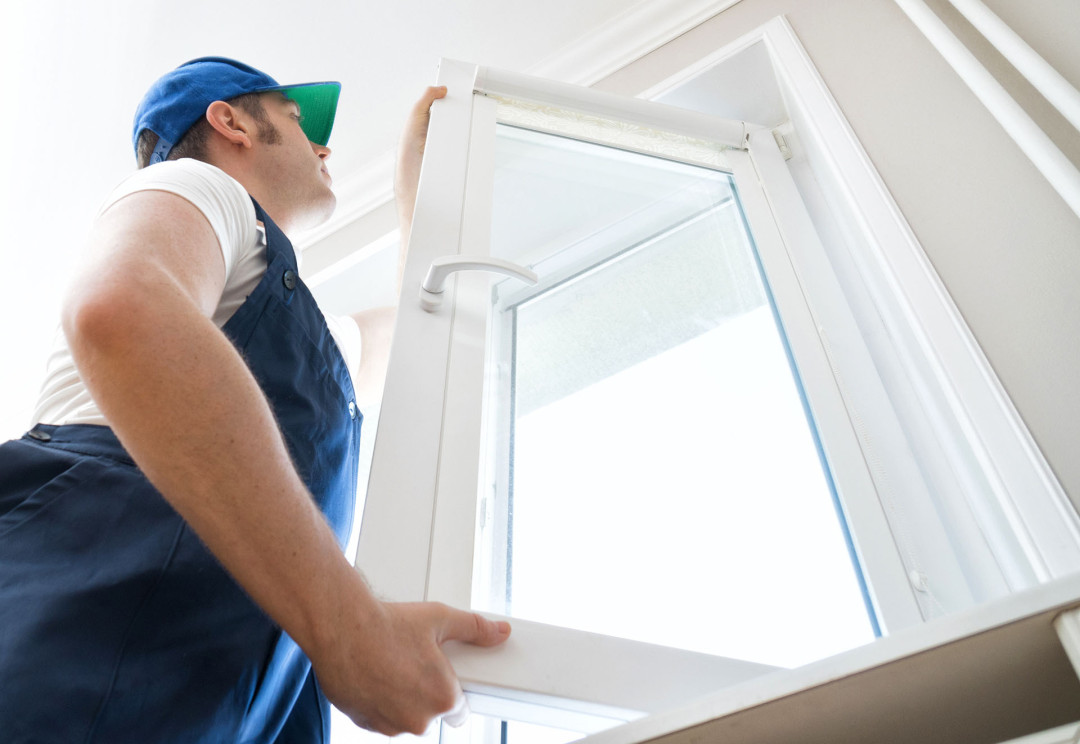Have you noticed it getting colder? Here in the Southeast, we're well into winter, and this is just about the coldest time of the year. Of course, along with the cold can come skyrocketing energy bills as you crank up the heat to stay warm. But if your bills seem higher than usual this winter, you may need to do more than just throw on another sweater. Take a look at your windows. If your windows are leaking heat, you're basically throwing money away. The same is true in the sweltering Southern summers. When you're running the AC in a desperate attempt to stay cool, the last thing you need is cool air seeping out of your windows. So if high energy bills have got you down, check your windows. You may be just a window replacement away from lower bills and a warmer (or cooler) home.
![High Energy Bills Got You Down? Check Your Windows! [infographic]](https://s3.amazonaws.com/cdn.trustdale.com/uploads/High%20Energy%20Bills%20Got%20You%20Down%20-%20Check%20Your%20Windows%20%5Binfographic%5D.jpg)
Signs You Need New Windows
If you're feeling a little chilly in your home this winter, it could be your windows. In fact, there are some easy-to-spot signs that your windows may be due for replacement. Look out for any of these five signs to tell if you're ready for some new ones.
1. Noise
Can you hear a lot of outdoor noise? If your windows are leaking air, they are very likely also leaking noise. When your windows are properly sealed, they are pretty effective noise barriers. But windows that are coming loose around the edges don't keep out noise as well. If your windows have never been particularly good at keeping the noise out, chances are that you have single-pane windows. Replacing single-pane with double-pane windows can cut energy costs nearly in half.
Also, look out for windows that are rattling or whistling. When the wind blows (or a train or truck goes by), loose windows will rattle. While a little noise is inevitable, windows that sound like they are rattling are not tightly sealed. That tiny bit of room that lets the glass shake in its frame is more than enough to let air in and out.
2. Drafts
Do you ever walk by your window and think you need to close it, only to notice it's not even open? If your windows are drafty, you need new ones. The source of the problem could be poor insulation, loosening seals, or even broken parts. But the whole point of windows is to keep outside air out. So if they're not doing that, replace them.
3. Damaged Window Frames
How are your window frames looking? If you press on your window frame, does it feel soft or spongy? That could be a sign of rot and water damage. If you can feel a difference, the frames are probably beyond repair and need to be replaced. Also look for chips. A chip in your window frame doesn't necessarily mean you need to throw it out and get a new one. But if the frame is starting to literally come to pieces, it may be time for a new one. Finally, take a step back and look at the window frame. Is it sagging? Sagging window frames are showing their age, and if they aren't leaking yet, they will be soon. Better to replace them now.
4. Windows Feel Jammed, Won't Open or Close
If your windows are feeling sticky, like it's hard to open or close them, there may be other problems. First of all, windows should open and close. It's part of what they do. So if they aren't doing that, you may want new ones, anyway. But in terms of energy use, windows that aren't opening and closing property may be off-balance, leaving spaces where air can leak in form outside and vice versa. If you have wood frames, the frames can also swell over time. A swollen wooden frame that is hard to open and close often indicates water damage. As with any part of your house, water damage is not something to wait to repair. It will only get worse, so handle it now before it gets more expensive.
5. Condensation or Cracked Window
Double-paned windows are a great way to improve the insulation of a window. But there is a downside. Over time, if there is any looseness around the edges of the pane, condensation can build up between the two layers of glass. The condensation leaves an ugly cloud that can't be wiped off because it is inside the glass.
If your window is cracked, even if you don't notice any draft coming from the crack, you should replace the window immediately. It is only a matter of time before it breaks completely, and that could be a safety hazard.
Window Frame Options
When it is time to replace your windows, you will need to make a decision about what type of window frame you will use. In general, there are two ways to replace a window. You can fit a replacement, including the frame, into the existing opening. This saves construction costs, so the job is cheaper. In most cases, it looks okay, too. But if you want to get the original appearance, you'll need to rip out the existing frame and replace it. Removing the frame is a bigger, more expensive job, but it retains the original look and size of the window.
Aluminum Window Frames
Aluminum is the cheapest material for a new window frame, but most installers won't recommend it. Aluminum is low-maintenance and low-cost, but it is also a poor insulator. If the goal of replacing your windows is to save on heating and cooling costs, aluminum won't do it.
Vinyl Window Frames
Vinyl is one of the most popular options for window frames. It is relatively inexpensive and provides excellent insulation. Unlike other materials, vinyl can be filled with insulation. Vinyl is also very low-maintenance. It does not need to be painted or finished and doesn't rot like wood. The main downside of vinyl is that since it is not painted, it only comes in a limited range of colors.
Wood Window Frames
Wood is a classic look for window frames. It is slightly more expensive, but it can be painted any color and custom-built to match your style and decor. Wood has a limited lifespan and needs to be repainted over time. It is also susceptible to rot and water damage. Wood is a great insulator, making it an excellent option for energy efficiency.
Composite Window Frames
Composite window frames are made from a combination of aluminum or vinyl and wood. They are one of the most expensive options, but they have some benefits over other materials. You can customize a composite window frame to almost any look, and they are very low-maintenance. Before installing composite frames, consider that you may not recoup your costs in added home value. However, if you just want high-quality, low-maintenance windows, composite could be an option.
Single, Double, and Triple Pane Windows
The glass in a window makes a big difference in the window's efficiently. In general, you have three options. Single-pane windows are the cheapest and least insulating. Double-pane windows are the most common windows installed. They are made of two panes of glass fuzed together with a tiny gap in between. The air in the gap helps with insulation, both in terms of temperature and sound. If you live in a very cold climate, you might want to consider triple-paned windows. They are similar to double-pane, but with three layers instead of two.
There are also other ways to increase the insulating properties of your windows. Using an inert gas instead of plain air in between panes in double or triple-pane glass can improve efficiency. One common gas, argon, is nearly four times as dense as air, so it blocks temperature transfer much more effectively. You can also tint your windows to reduce solar heat transfer. Just be aware that tinting can also affect the appearance and clarity of a window.
Installing New Windows
If you are ready to install new windows, look no further than TrustDALE.com. We have several TrustDALE certified window installation companies, and they are all excellent choices. In addition to superior service, top-notch-warranties, and excellent products, ever TrustDALE certified business is backed by Dale's $10,000 Make-It-Right™ Guarantee.


